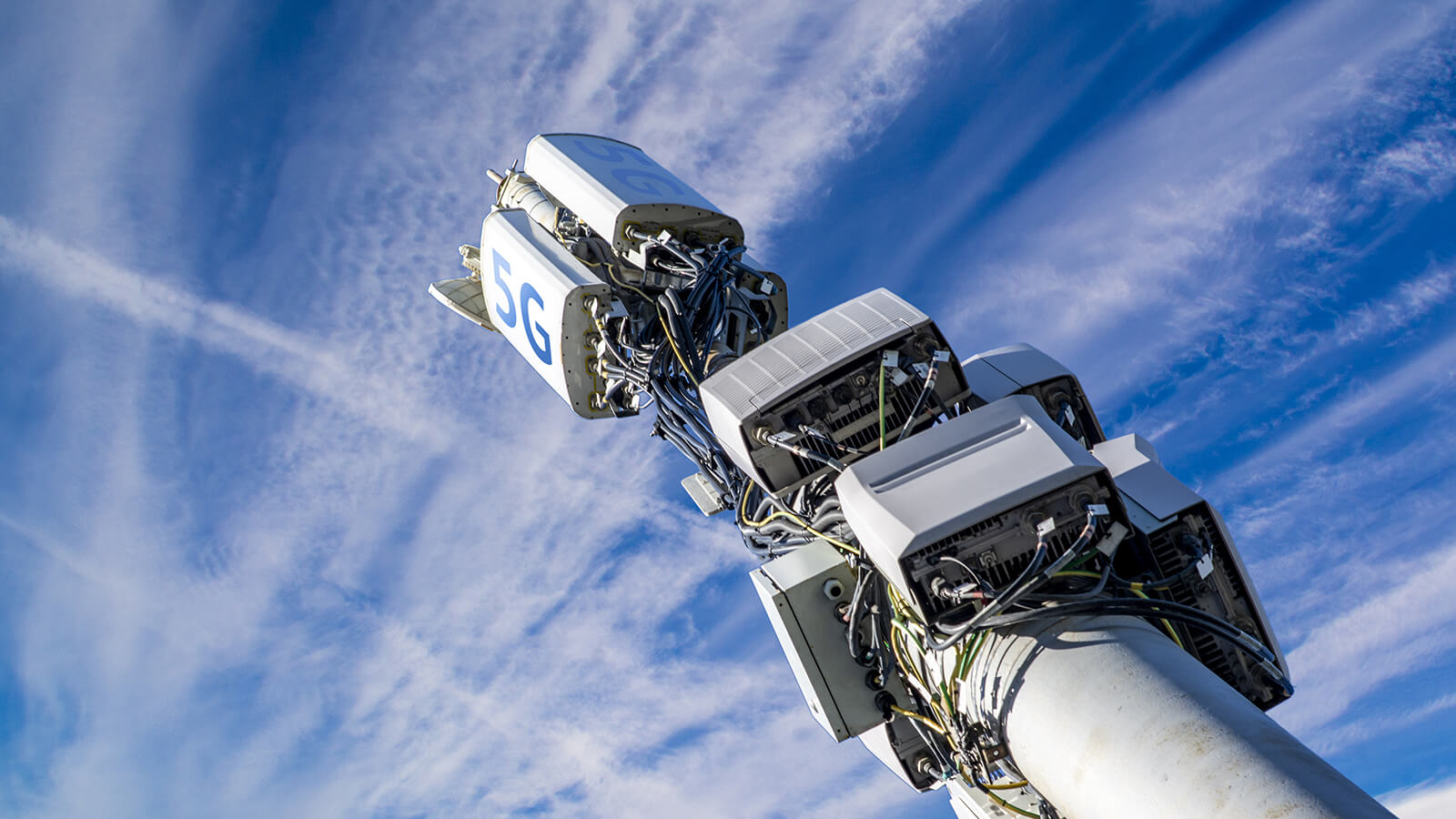If you've ever walked through a town, you may have seen tiny mini 5G cell towers on the poles of street lights. They appear like tiny boxes however they're actually sending wireless signals from mobile providers to your mobile.
These smaller towers are replacing larger specially-designed cell towers. While they're less noticeable however, they could cause problems for people.
A FCC's Radiation Exposure Thresholds
The FCC's Radiation Exposure Thresholds define the safe distance that an individual can be exposed to electromagnetic energy from wireless devices. what is a safe distance from a 5g cell tower for exposure are based on scientific data that show that RF energy could be harmful to human health.
The specific absorption rate (SAR) is an indicator of the radiofrequency energy that is absorbed by tissue. It is typically 1.6 watts per kilogram, spread over a kilogram of tissue.
However, because 5g transmits at higher frequencies, it has the potential to increase the intensity of energy on the skin and other exposed body areas. This can lead to a wide range of possible harms, such as an increase in appearance of skin disorders like dermatitis, cancer of the skin and cataracts.
Because of the potentially severe effects of 5g radiation, PSU has chosen to establish a general, localized limits on power density, which is 4mW/cm2 averaged across 1 centimeter, but not to exceed 30 minutes for the entire 5G spectrum at 3000 GHz. This limit for localization is in line with the highest spatial-average SAR of 1.6 W/kg, which is averaged over 1 g of tissue at 6 GHz.
The FCC's Maximum Exposure Thresholds
Have you ever used a mobile phone, you're probably aware that the safest distance from the tower is at least 400 meters away. This is due to the power of the transmission of the cell tower is significantly increased the further away your location from the tower.
While this sounds like a good idea but the truth is that people who live close to towers may actually be more susceptible to health problems. For instance, a study conducted in 2014 in India discovered that people who lived within 50m of cell towers had significant more health issues than those living further away from the antennas.
But, the study showed that residents who moved to areas that were further from the cell towers saw their symptoms improve within a couple of days. Studies have also revealed that exposure to high amounts of electromagnetic field radiofrequency (EMFs) can lead to brain tumors, cancers and other health issues.
This is because radiofrequency radiation, used in wireless communication, can penetrate the human body's outer layer, which is the skin. This is important to understand because the skin serves as a barrier to protect against injury to the body, infection from pathogenic microorganisms, as well as entry of toxic substances. The skin is the largest organ of the human body, and is responsible for maintaining the integrity of other organs.
The FCC's Minimum Exposure Thresholds

The FCC's Minimum Exposure Thresholds are based on numerous assumptions that are not supported by evidence from science. what is a safe distance from a cell tower includes the false belief that short-term exposures RF radiations are not harmful due to minimal absorption into body (i.e. the heating of tissues).
The assumption also ignores the deeper penetration of the ELF parts of the modulated RF signal and the effects on the body of short bursts generated by RF waves that are pulsed. safe distance from cell tower are not in line with the current understanding of biological consequences of RF radiation, and thus, they should not be used for health protective exposure guidelines.
Additionally there is the fact that both ICNIRP and FCC restrict its maximum levels of radiation exposure for local peak SARs that are based on the peak frequency of absorption (psSAR), which can be described as not a reliable dosimetric instrument to assess the amount of radiation exposure. Particularly the psSAR tool is not accurate for frequencies that exceed 6 GHz. Additionally, psSAR hasn't been evaluated for RF radiation with co-exposure to other environmental agents , such like sunlight. The interactions of RF radiation and other agents in the environment could produce synergistic or antagonistic effects. This would result in an increased risk of adverse health consequences. For example, exposure to RF radiation and sunlight could raise the chance of skin cancer, and may also exacerbate other skin diseases such as acne.
